Nova Scotia, recorded sometime in August 2018.
These are sounds from somewhere along Cabot Trail in Nova Scotia, where the sea water meets a jagged, rocky shoreline. For oceanographical reasons unbeknownst to me, the Atlantic sea likes to hurl itself onto the rocks, only to find itself on an unstoppable path towards a much denser material. It does so repeatedly like a set of lungs perpetually expanding and contracting in rhythm.
Each time it goes something like this: the sea comes crashing in and the rocks stand immobile while the sea is broken into thousands of smaller pieces, some of which turns white and foamy before falling back down and is then taken back into the sea, re-grouped and ready for the next attack.
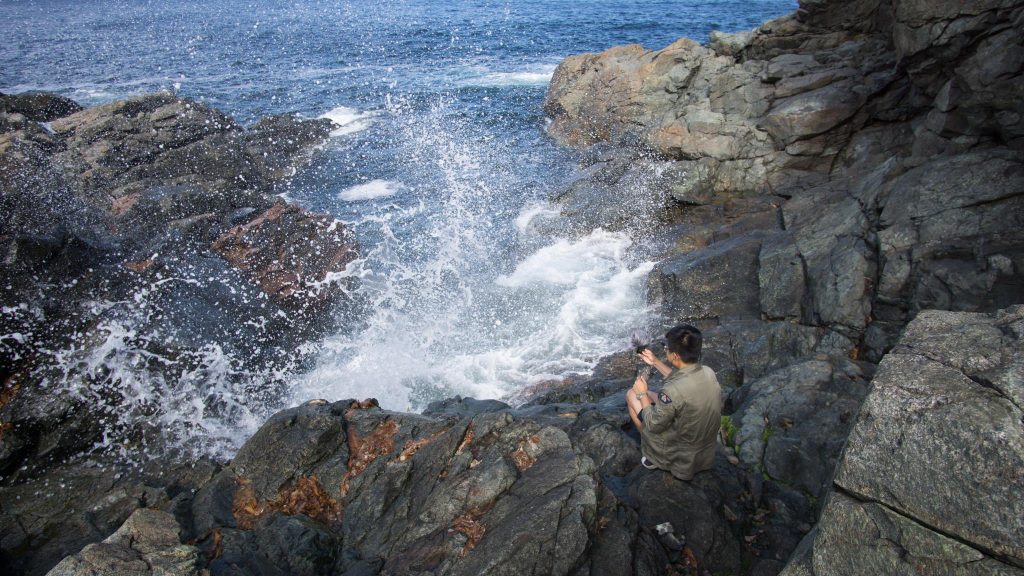
Like most other collisions on this planet, each collision makes a sound. But unlike the other collisions, these come softly, without the screeching tires, bangs, screams, and sirens. These ones make pleasant sounds. They arrive in a fat whoosh and leave in muted static. They are generally appreciated by people, who often go sit near them and breathe with the sea, such as the time three young men drove for days to sit by the seashore to find solace after getting kicked out of an AirBnb with a knife pointed at them.
A little acoustics primer for context before I get into the waves and the knife. Feel free to skip ahead if you’ve paid attention in your high school physics class.
Acoustics 101
Sounds can be adequately characterized by two parameters; frequency, which is related to pitch, and amplitude, which is related to perceived loudness. Plucking a guitar string will cause the string to vibrate back and forth at certain frequencies, which creates a sound. The higher the frequency of the vibration, the more higher-pitched the sound. The larger the amplitude of the vibration, the louder the sound.
These vibrations follow a pattern, which our context means that they will vibrate back and forth X many times in a second, where X is its frequency measured in hertz [Hz].
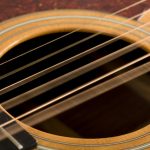
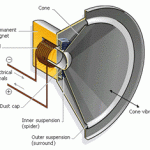
To describe something vibrating, we can use a sinusoidal wave to represent it.
This sinusoidal wave has a cyclical pattern, meaning it will repeat itself if we follow the curve and draw it out. We can use two parameters to describe this wave; one describing how many times it cycles/repeats in a second (frequency), and another one describing how intense the wave is (amplitude).
On the horizontal axis we have time and on the vertical axis we have amplitude/movement. If we’d like, we can visualize this wave as a time history of a speaker cone vibrating back and forth. The vibrating speaker cone collides with surrounding air molecules and makes them vibrate as well. These air molecules then collide with other air molecules, creating a chain of collisions and vibrations that go all the way to our ears, which are tuned to pick up these vibrations and tell our brain that we’ve got sound.
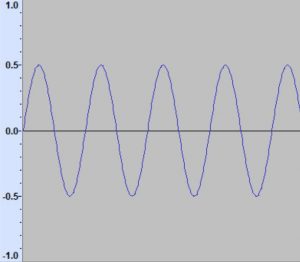
A sinusoidal wave with a frequency of 440 Hz, aka middle A. Western musical notes can be described in frequencies [Hz] as described here: https://www.intmath.com/trigonometric-graphs/music.php
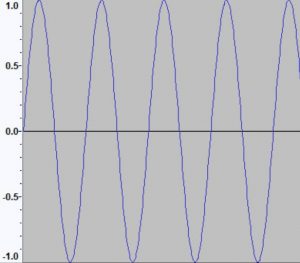
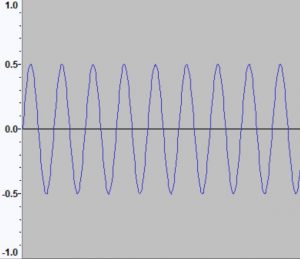
Acoustics 101 Applied
However, in our crazy world of cryptocurrencies and foot fetishes, most sounds don’t have a perfect looking waveform like the sinusoidal waves we saw before. Instead, typical sounds look messy and jagged.
But if we visualize this waveform as the vibrations of a speaker cone, those vibrations will generate a sound perceived to be something similar to a plucked A note (A4, the A above middle C to be exact) on a guitar. But wait a minute, isn’t a A note supposed to look like a sinusoidal wave, since a A means a frequency of exactly 440 Hz?
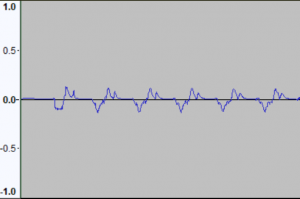
A pure tone, like something generated by a computer synthesizer, can look like those perfect looking sinusoidal waves. But in real life, most sounds are more complex. Your typical real-life sound will have a waveform that is actually a combination of many different waves. The vibration of a guitar A will not only vibrate at 440 Hz, but also vibrate at other frequencies of different amplitudes, giving it a distinct guitar timbre.
To better represent our complex waveform, we can apply some black magic that the nerds call a fourier transform to show us what frequencies and amplitudes are this waveform made of.

The algorithm for a standard fast-fourier-transform shown. For those undaunted by the pagan art of mathematics, I recommend this video for a safe-for-work explanation.
A fourier transfer allow us to plot the waveform on a different dimension. The horizontal axis is now frequency instead of time, while the vertical axis is still amplitude. A fourier transform plot is no longer a time history of the waveform, but instead is an aggregated summary of the entire waveform.
The exact composition of the waveform is what makes the sound of a particular instrument or voice unique, such that a guitar playing middle A will sound different from a sweaty, panting Bill Clinton playing middle A on a Saxophone after definitely not having sexual relations with that woman. However, both sounds share the same trait of having a 440 Hz wave vibrating the strongest, or in other words, vibrating with the highest amplitude. This makes the 440 Hz the dominant tone. The vibrations at all other frequencies have lower amplitudes than the dominant tone.
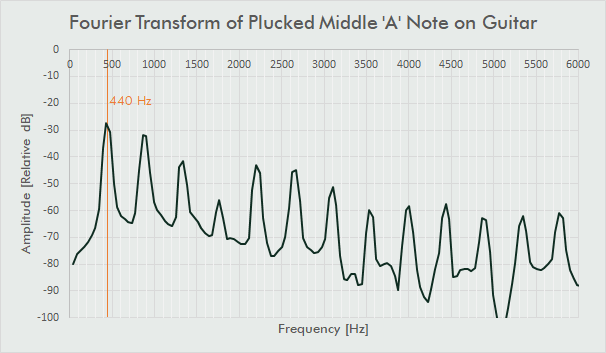
Waves
So what about nature’s finest instrument, the sea water colliding with a rocky shoreline? Looking at this mess of a waveform, we can distinguish two events. First is the sound of the wave hitting the rocks and being obliterated upwards into smaller droplets, and the second is the sound of the broken water falling and retreating back into the ocean. To better understand what’s going one, we can try applying the same fourier analysis and hope for the best.
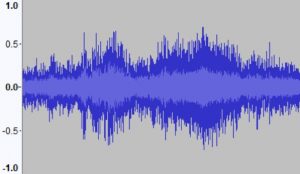
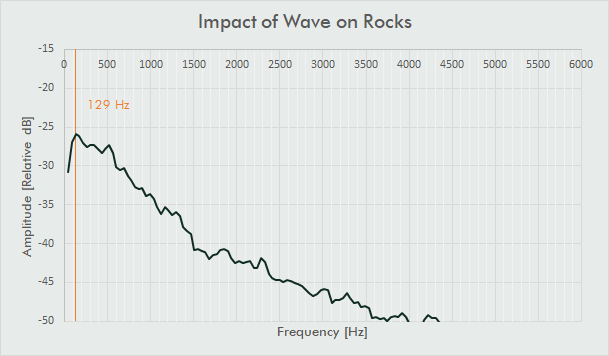
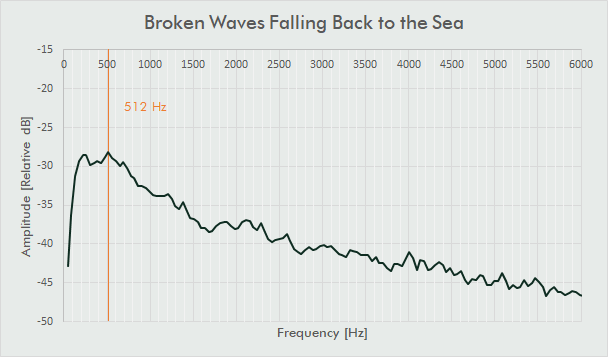
These two graphs don’t really show anything unfortunately, aside from maybe that the second part of the wave is higher pitched than the first. Is this what makes the beach sound so god damn interesting? Doubt it. Frequency and amplitude don’t tell us much about how some sounds make us feel, sadly. Sounds, like most other things, really only have meaning within a certain context. With so many things going on and a rapidly changing soundscape involving more and more new sounds and noises, the sounds of water have stayed pretty much the same for the history of human hearing. They’re constant and comforting.
Water
Water heals. Water cools the burn mark you got from when you tried to make frozen pizza in an attempt to impress a high school date by showing you are literate enough to read instructions. Water consoles the emotions you can’t put into words when you let them out of your eyes. Water cleans. Dip your head into water and it’ll wash out the dried vomit in your hair from yesterday’s mistakes.
We sat by the water for a while, vicariously bracing against the wetness like we were the rocks. It was fun to pretend the water washing us clean, giving us some of that holy water razzle-dazzle after feeling shitty about ourselves from getting kicked out of an AirBnb with a knife.

Knife
It took place in a house at the end of a cul-de-sac in suburban Halifax. For the folks who don’t know, a cul-de-sac is a type of dead-end street where conservatively minded families like to live to avoid itinerant commuters and pedophiles from poking their heads through their white picket fences. A suburb is a safe, god-fearing community far, far away from the drug dealers, prostitutes, and drunk college students that dwell downtown, and Halifax is some sort of city close to the ocean.
In the summer of 2018, me, C, and D took our grand tour across Eastern Canada right before fall semester started. We decided to unpack our bags for the night in an Airbnb room on the second floor of this house before calling a cab to get drunk downtown.
We left the bar in the early morning and cabbed home. Before stepping into our Airbnb, we told ourselves we’d be quiet as ghosts, and tip-toed to our room and went straight to bed in absolute silence. Or so we thought.
We woke up the next morning to the sound of a knife being sharpened. Without having to talk to each other, we agreed that we fucked up somehow and decided to leave ASAP. After frantically packing and cleaning up the vomit, we raced downstairs and found the host in the kitchen, pointing the knife that she’d been sharpening for who knows how long straight towards us. She was livid. She couldn’t believe that three college students would dare risk the puritan reputation of their institution and engage in such drunken debauchery and make a ruckus in the middle of the night, waking her and the family up. She threatened to call in the local news, and if she lifted her finger, she could also get her police officer boyfriend to make rest of our trip in Nova Scotia very unpleasant.
We apologized profusely before hightailing it out of here, literally taking backward steps towards the door in a half bow. We carried the guilt with us until we arrived at the beach at Cabot trail and let little droplets of cool ocean water bless our skin. We examined our gluttonous, sinful, and inconsiderate ways, and promised to live better and healthier, to accept our bodies as the temples they really are.
No more AirBnbs in the suburbs.
Image sources
Chris.T
http://tuvalu.santafe.edu/projects/musicplusmath/index.php?id=11
http://electricalengproject.blogspot.com/2012/03/magnetism.html